Many ferns have a soft feathery quality that makes a great contrast with other plants - in the garden or indoors.
Top tips for indoor ferns:
Keep them away from heaters, air conditioners and bright sunny windows. Ours love the bathroom!
Maintain humidity around the pot by placing it on a saucer of pebbles and water.
Don’t overwater.
Feed weakly weekly, with a gentle liquid fertiliser.
Keep an eye out for mealy bug - dab with a cotton bud dipped in methylated spirits
Maidenhair fern
Adiantum aethiopicum
A traveller on a recent tour has a 40-year-old maidenhair and I’ve killed three in a row! The keys: request a division from a friend with a long-lived
plant; find the right position - out of draughts, radical temperature changes and direct light; and keep the mix moist but not wet.
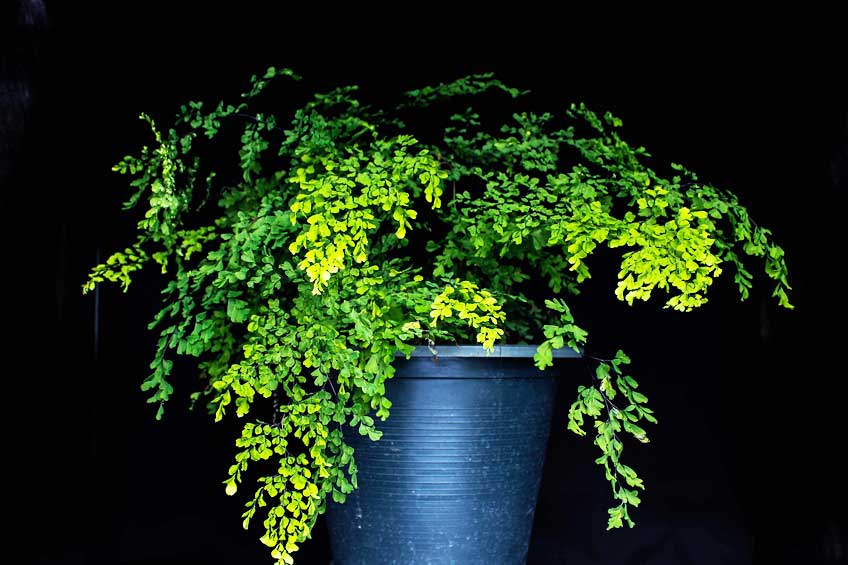
Maiden-hair fern. Photo - Mr.ukkrid duangkaew/Shutterstock.com
Myers asparagus fern
Asparagus densiflorus ‘Myersii’
Also called the foxtail fern, and not to be confused with the weedy asparagus fern, this forms a dense clump of bright green twisted spires in morning
sun outside or a bright position indoors. Don’t keep it too wet.
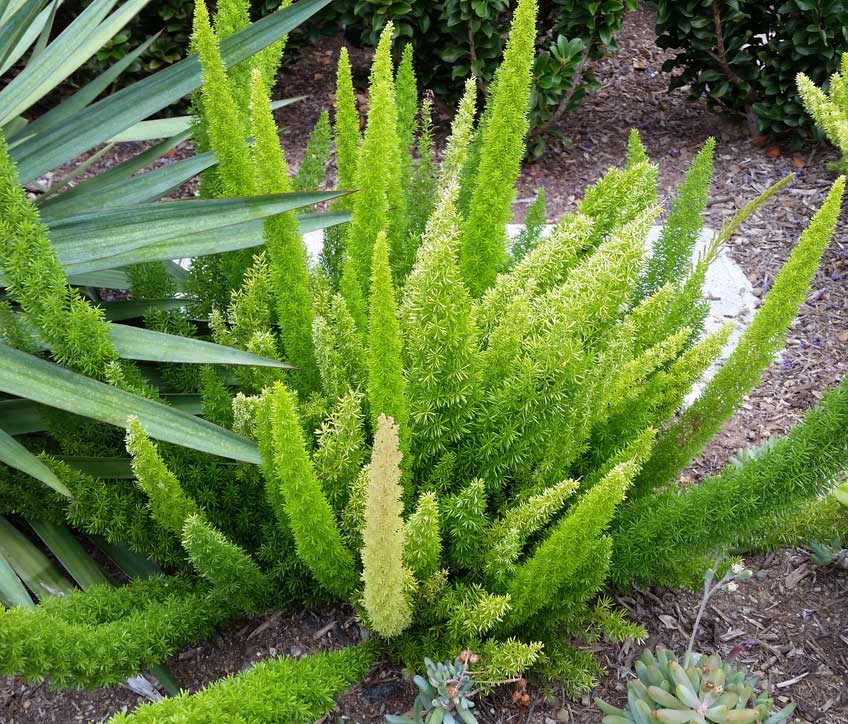
Asparagus fern
Rabbit's foot fern
Davallia fejeensis
A native of Fiji, this fern can be grown outdoors in warm climates or indoors. Its furry rhizomes (yes a bit like a rabbits foot) go on the march, growing
over the edge of a pot or enveloping a hanging basket, givinga unique look. Look out for ‘Virginia Blue’, with silvery-blue fronds.
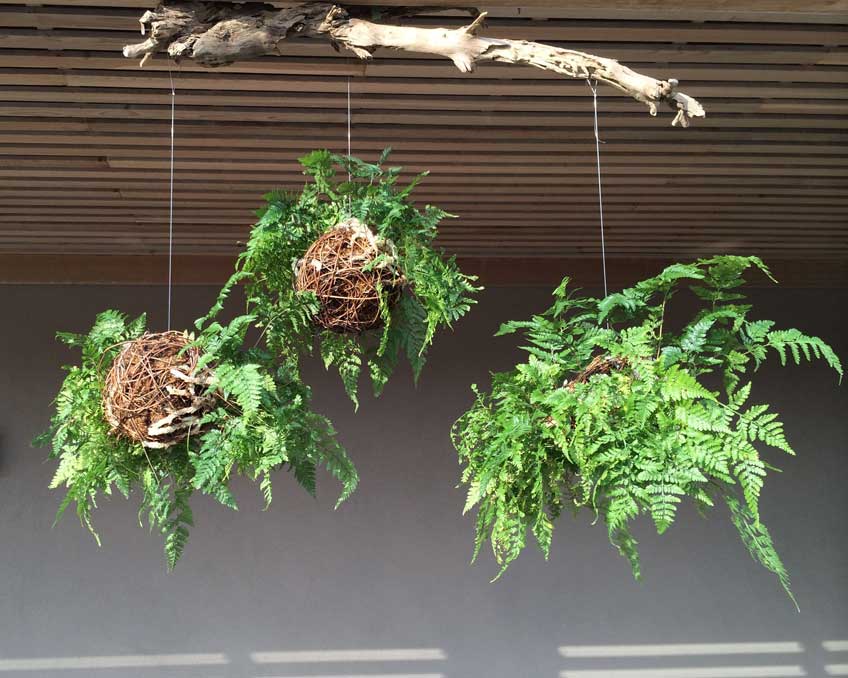
Rabbit-foot fern
Silver lady fern
Blechnum gibbum ‘Silver Lady’
The silver lady fern is an attractive rosette fern with a neat but lush look, conjuring rainforests and waterfalls, whether used indoors or out. It needs
good airflow to thrive.
.jpg)
Silver Lady
Painted Japanese fern
Athyrium niponicum
Also known as Oriental ladyfern, this fern from eastern Asia will die down in winter and reappear in spring. It has a short, spreading habit and is available
in tones of silver, blue, purple or red. Needs light but no direct sun. It loves a bathroom.
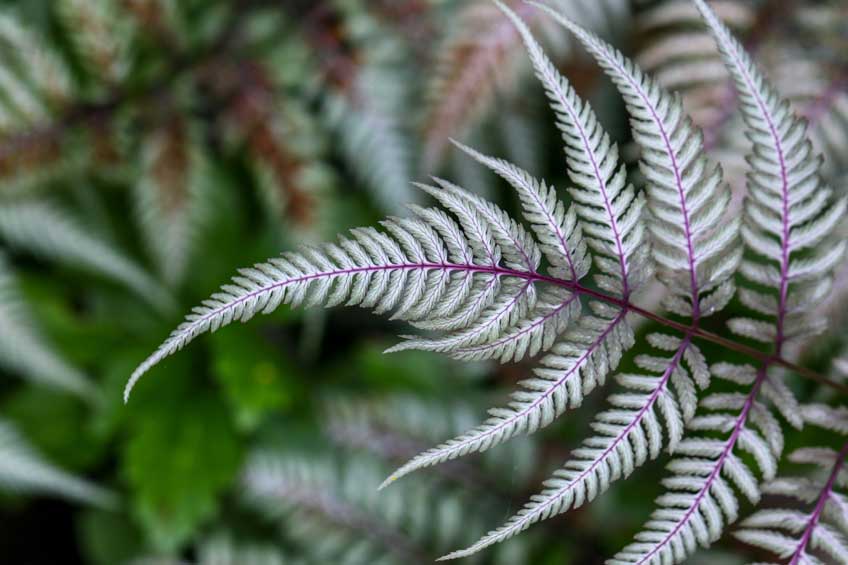
Painted fern. Photo - Audrey Wilson1/shutterstock.com
Tassel fern
Huperzia spp.
Tassel ferns require full shade, consistently high humidity, and plenty of good air movement, making them a challenge. They do best in a ‘bush house’ with
the orchids, grown in orchid mix and watered daily through summer.
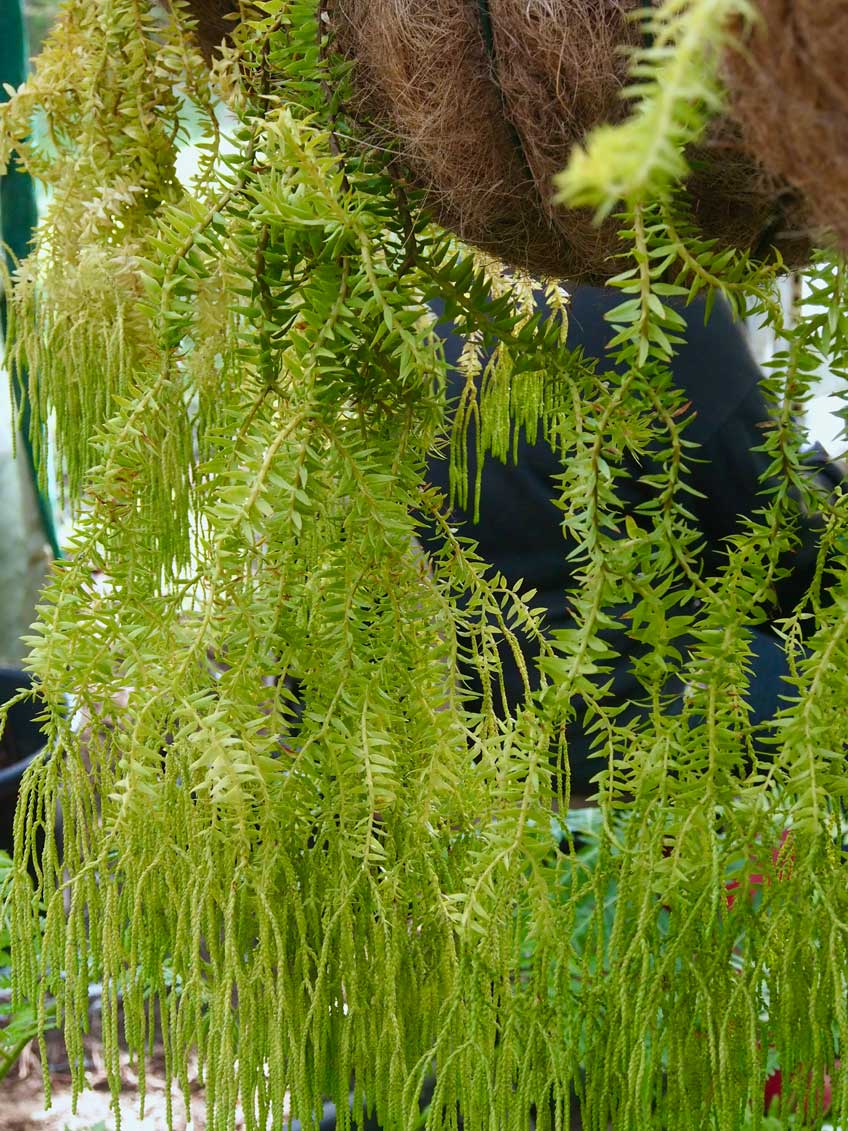
Tassel fern
Boston fern
Nephrolepis exaltata
These long-lived ferns are commonly seen for a reason. Their long arching fronds make them popular indoors.They prefer slightly humid conditions, so place
the pot on a tray of gravel and water, in a well-lit, protected position. Beginners should try the lemon button fern, the smallest of the Boston ferns.
It gets its name from the lemon-scented, tiny lime-green leaves.
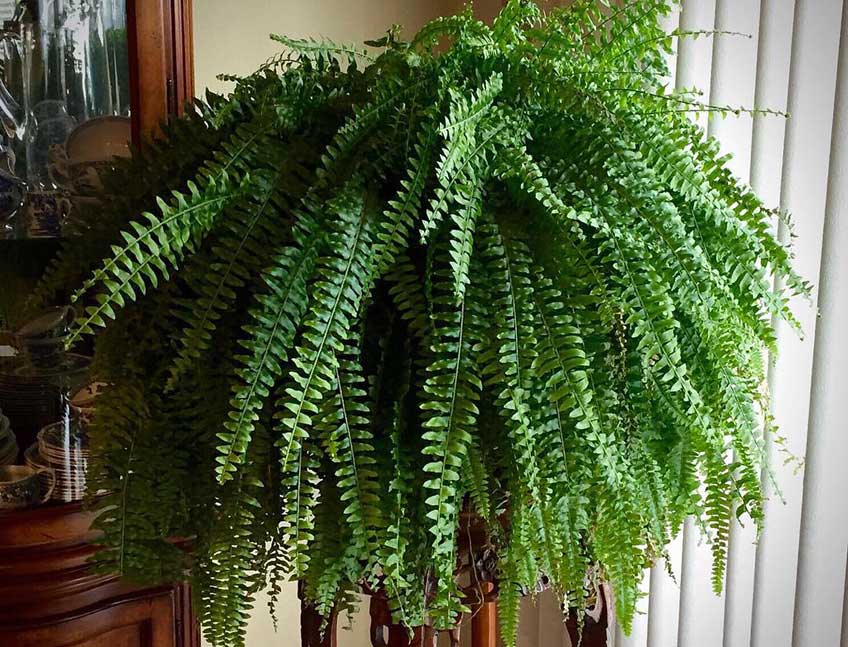
Boston fern. Photo - Jim Hammer